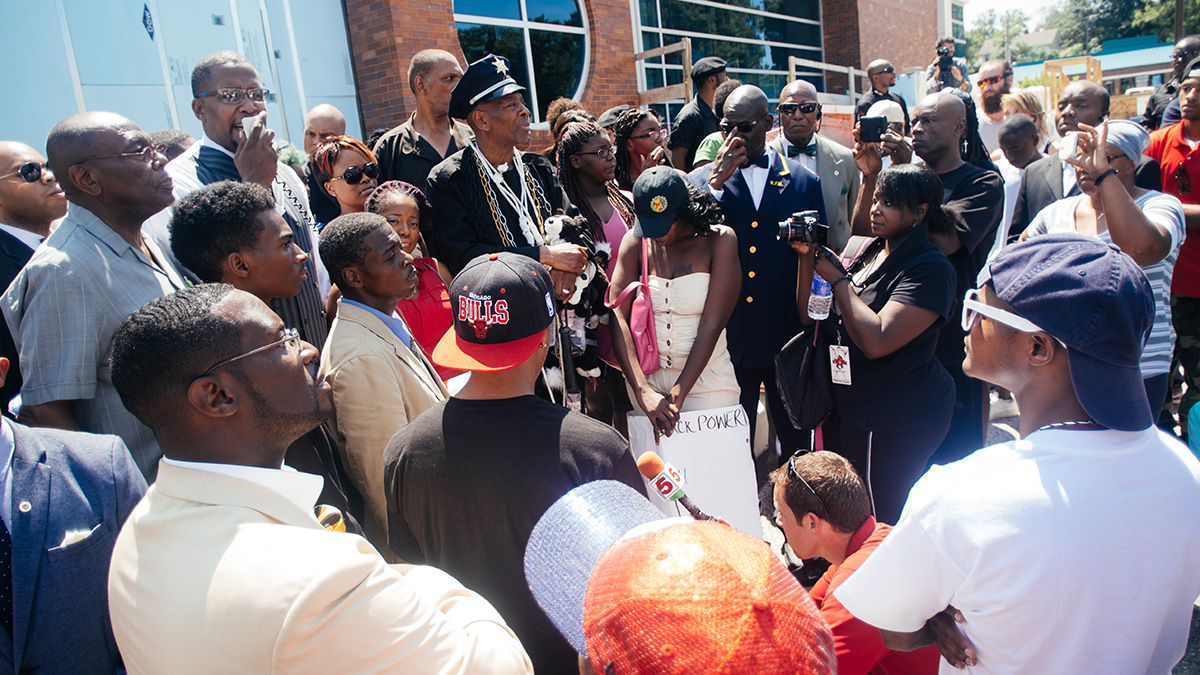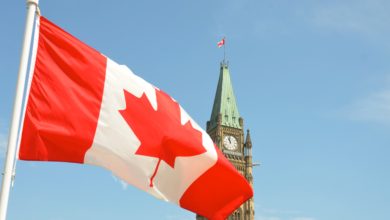Department of Justice official teaches university about police violence
 Joshua Storie
Joshua StorieChristy Lopez, the Deputy Chief of the United States Department of Justice made a visit to the University of Alberta last week to discuss what the police can legally do — and what they should do.
On October 5, the Centre of Constitutional Studies hosted Lopez, a leader in police reform, in the 28th Annual McDonald Lecture. From her perspective as an investigator of institutional violence and American police departments, Lopez spoke about police culture and the recent rise in human rights violations by police officers.
Lopez recounted her work as the primary investigator of the Ferguson Police Department after one of its officers killed Michael Brown, an 18-year-old African-American man of St. Louis, in August 2014. Though Lopez said abusive incidents in law enforcement have always happened, they are now gaining attention due to the rise in viral videos of police violence.
“Part of the reason these incidents (of police violence) are gaining attention is simply because more people know about them,” Lopez said in the talk. “It is no longer just the individuals who live in the neighbourhoods where these sorts of incidents occur … Now the moment the incident occurs, it can be viewed by millions of people,” said Lopez.
Policing today is “disproportionately burdening” communities like New York’s minority population. Lopez said the New York Police Department’s former stop-and-frisk policy allowed officers pat down “suspicious” pedestrians for weapons or contraband. Officers frisked 700,000 people in 2011, 90 per cent of which were African American or Latino. The Supreme Court ruled the policy unconstitutional in 2014.
To combat the disproportionate targeting of particular minorities, Lopez said legislators may have to place limits on police officers to better reflect protect communities. Officer biases can cause police violence that is legal despite being an abuse of power. These cases lead to targeted harm against innocent people — and innocent people of colour.
“The problem I think we are seeing across the country is when the gap between what an officer can do and what an officer should do has grown too wide,” Lopez said.
Communities should engage with legal professionals, policy makers, and police officials to increase awareness for human rights violations, and laws surrounding police enforcement will need to change, Lopez said.
“The sobering truth is that the way the law (in the United States) currently stands may not be sufficient that police officers use their authority consistently with our democratic and community values,” she said.
Lopez part of the solution to police violence is to use preventative tactics, such as community outreach and mental health training. She explained that it’s easier to address mistrust and build community relations before a crisis occurs. Despite the challenges facing policing, Lopez concluded her talk by explaining some police leaders across the United States are aligning police action with community values without “waiting for the law to catch up.”
“It makes me optimistic about the direction of American policing,” Lopez said. “I commend all the police leaders that recognize the constitutional limits on policing are a floor not a ceiling.”




